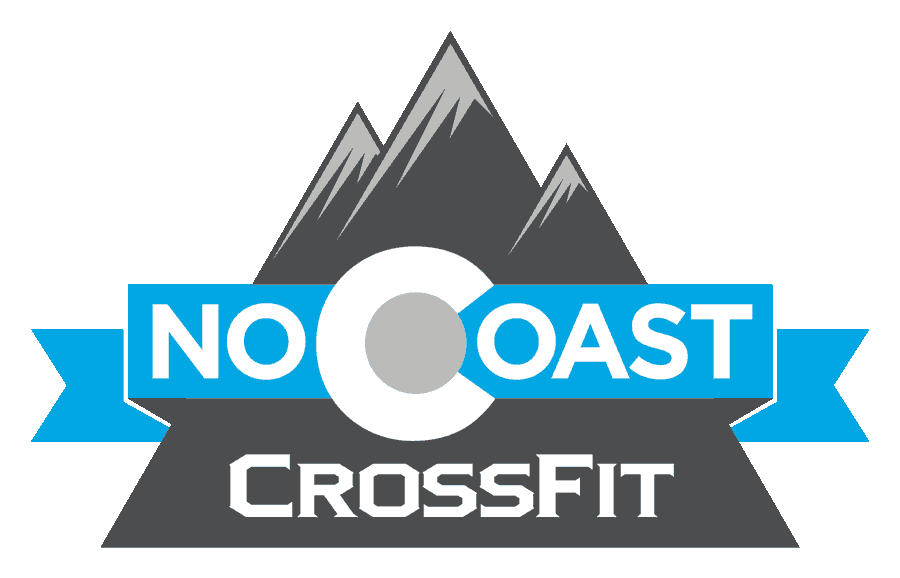Core to Extremity
CrossFit is a fitness program that is general, inclusive, and broad. We are pretty good at most things, and not experts at anything-no specialization. However, whether we are engaging in weightlifting, running, rowing, or gymnastics movements there is one common thread: All movement is best expressed from the core outward. Therefore, CrossFit is core to extremity. CrossFit published an article in 2002 that states “The primacy of core strength and conditioning in this sense is supported by the simple observation that powerful hip extension alone is necessary and nearly sufficient for elite athletic performance.” In the same article, core to extremity is characterized by body parts moving in “proper sequence,” from the center outward.
1. Define "core": I'm going to define core as the trunk and midline to include your entire spine and primary movers: lats, back, glutes, and hips.
2. Why is it important?
As trainers, we often cue you to set your back, lock your pelvis in, and to think of your arms as ropes. For most movements your levers are simply that: connectors. Movement should come from the core, and as CrossFit would say, the hip extension. The best way to see this go wrong is in an Olympic movement with lack of hip extension. As Coach Burgener says, "when the arms bend the power ends." This could be a neurological issue, where you are just primed to use your arms because you haven't used your hips in a long time-or ever. More likely, your core is weak, not engaged, or not firing fast enough. To get the most out of your own body mechanics, lock and load. This is a habit that needs to be groomed everyday at the gym. HereKelly Starrett expands a little more on that:
3. How do I develop a strong core?
Your entire trunk flexion, extension, and stability can be powerfully improved by bodyweight movements. If you are unable to do a proper hollow hold and hollow rock, not only is your stability compromised in kipping and gymnastics movements, but you are probably going to have trouble with any type of added load. Think about it, if you can't control your own body, how will you control a barbell or kettlebell? This is why it's policy not to encourage kipping movements until you are strong enough to control your bodyweight in less dynamic movements, ie, this position:

Invest some time in planking, hollow holds, and hollow rocking. I do this a lot in my warm ups because it's so important to work on this!
See, it's that simple. Crazy, huh? But the thing is, it's easy to walk into the gym lusting after the workout of the day. But, if the basics are weak, anything above and beyond will be compromised. Athletes will have donkey kick kipping pull ups, rounded backs, poor catching positions in their oly movements, and loss of power in just about everything.
To be stable, an athlete needs proper position in joint mobility, the correct muscles firing to stabilize from core to extremity, and strong neurological awareness of what that all entails. This reigns true in every movement: clean, snatch, box jump, muscle up, double under, you name it. A lack of position is a lack of control is a lack of core stability. Lock and load, NoCoasters. Whether it's in a 400 pound back squat or a set of 5 kipping pull ups in Cindy, rock that core and the rest will follow.
